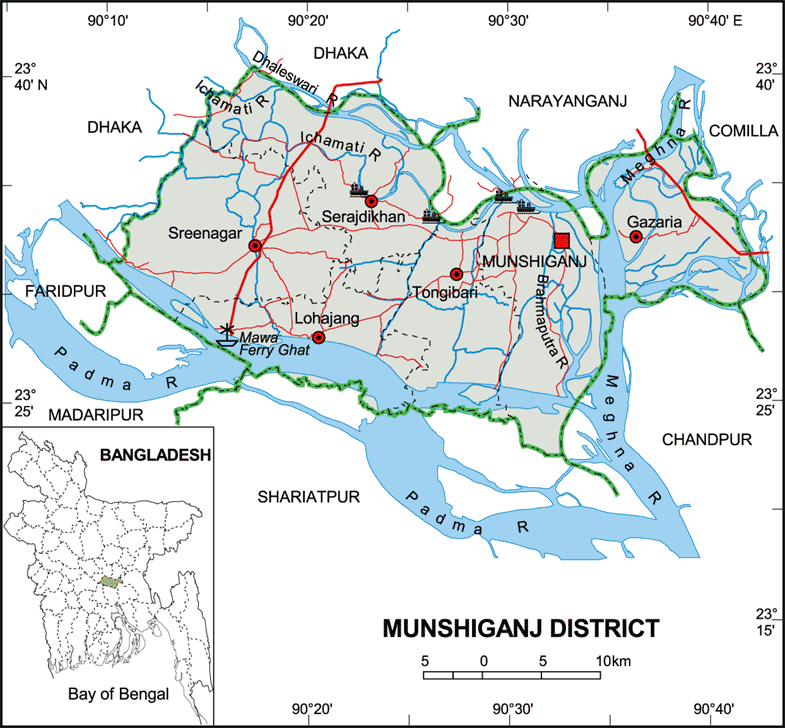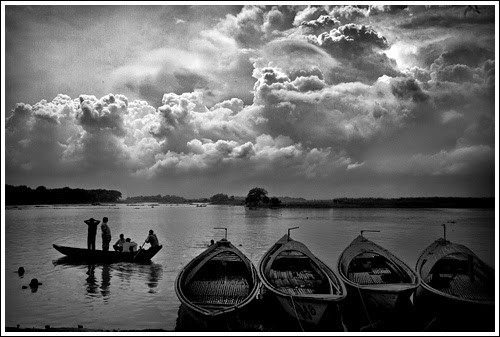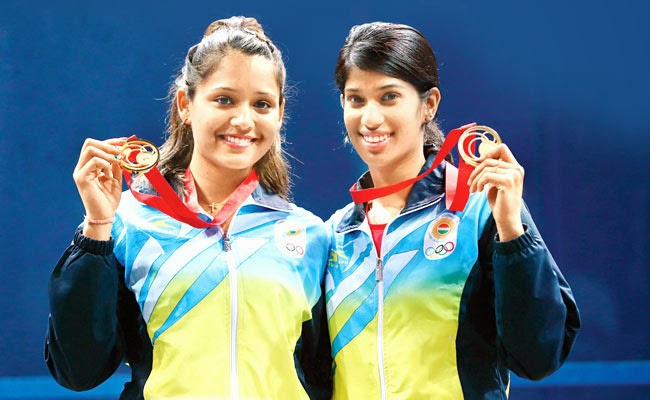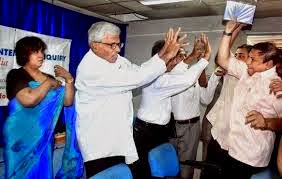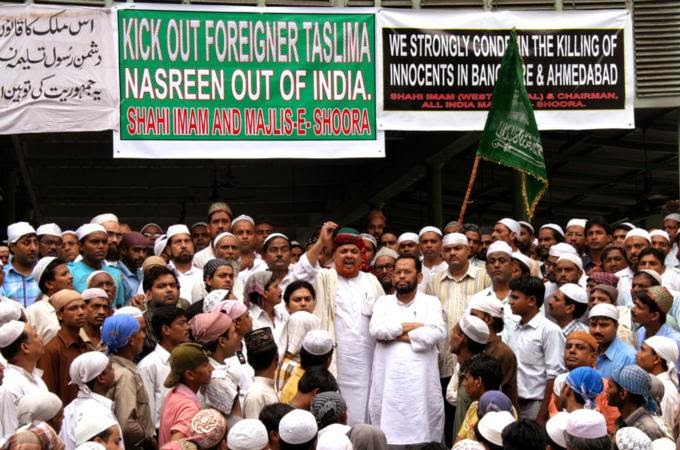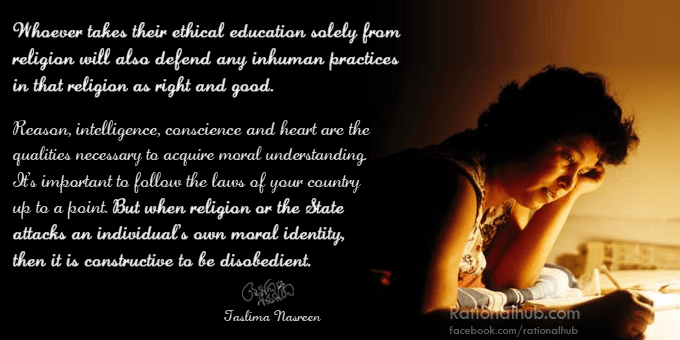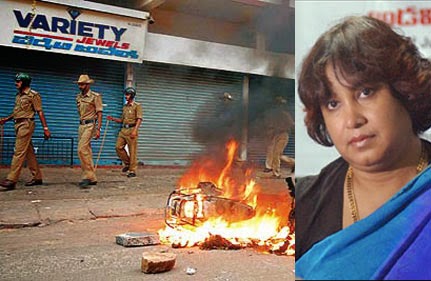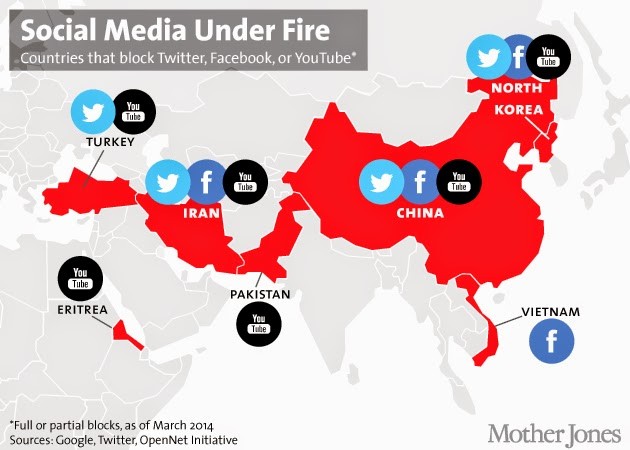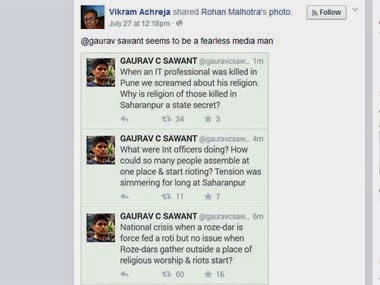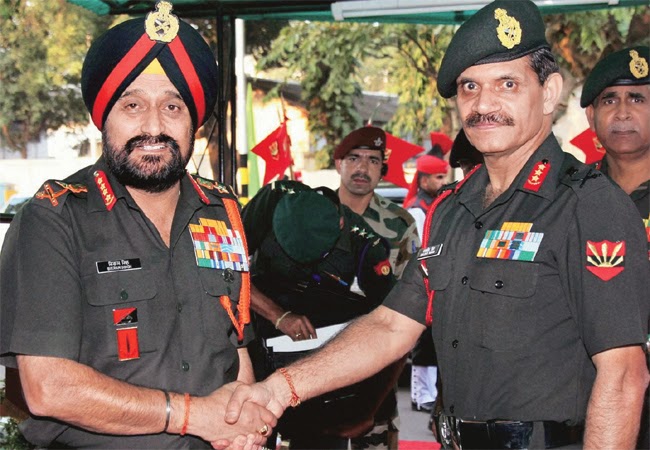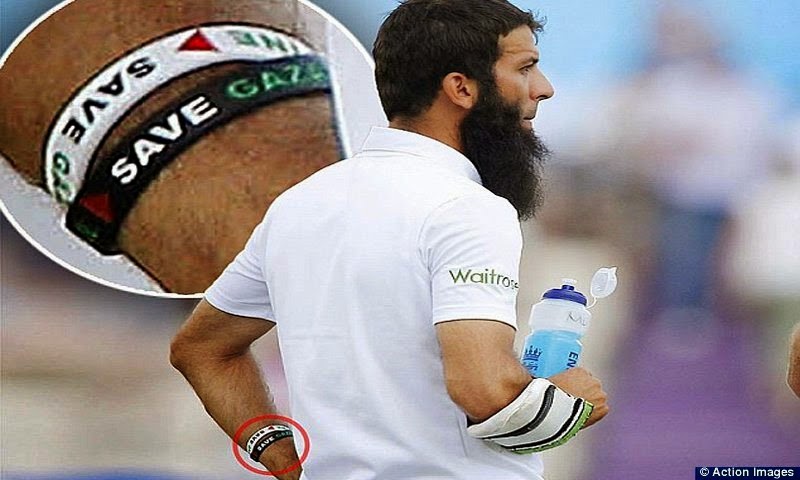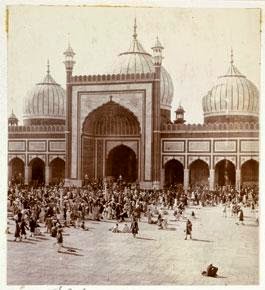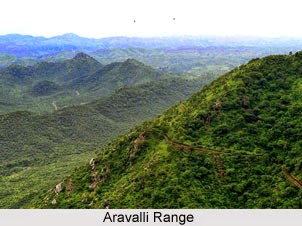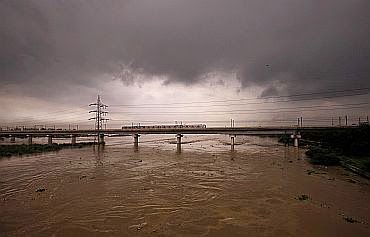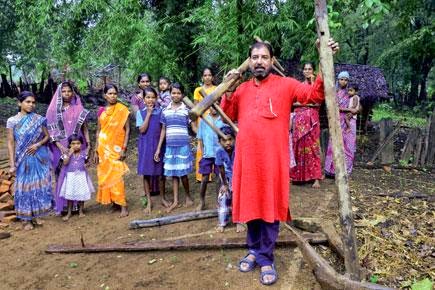“Sisi
is worse than Netanyahu, Egyptians are conspiring against us
more than the Jews” …. “They finished the Brotherhood in
Egypt, now they are going after Hamas” …
“There
is clearly a convergence of interests of these regimes with
Israel” …the Egyptian
fight against political Islam and the Israeli struggle
against Palestinian militants were nearly identical….“Whose proxy war is
it?”…..
……
….
Brit-Pak cricketer Moeen Ali who helped England crush India in the third Test match with a six-wicket haul was reprimanded by the International Cricket Council (ICC) for wearing a wrist-band in support of the people of Gaza. Malaysian cyclist Azizulhasni Awang has also been threatened with a ban by Commonwealth Games officials in Glasgow, Scotland.
……
…
The Hindu-Brotherhood is supposedly in favor of a “robust response” from Israel – enemies of Islam/Muslims worldwide, unite!!! Israelis are asking (and inviting Indian solidarity) what would happen if thousands of rockets were launched from Pak-administered Kashmir on Indian civilians?
That question has been answered before, not once, but many times and was crystal clear in India’s response to 26/11 attack on Mumbai. Not even a finger was lifted in anger. Hafiz Saeed is happily surviving with a 10 mil dollar bounty on his person.
There are two important lessons here which point to a single conclusion.
……
First, there are credible reports that a section of the Arab leadership is not too bothered with Israel giving Hamas a kick (see below). Given the dislike (hatred?) of the Muslim Brotherhood AND Iran, it appears that the Saudis, Egyptians and Jordanians are condoning mass murder of Palestinians (and brother Arabs). It appears that not only there is no Ummah, but pan-Arab solidarity is also a myth.
Second, Israel today is in effect, a “Jewish democracy” where Arabs may live as second class citizens. It can also be argued that Pakistan is a “Sunni-Islamic democracy” where non-Sunni folks may live as second class citizens. How are the Shia/Ahmadi targeted killings materially different from the targeted killings in Gaza?? Where are the “Save the Shias” or “Save the Ahmadi” arm-bands?? Why is the quality of mercy so strained?
The true evil is majoritarianism whether in South Asia (or Middle-East or Indo-China). Today muslims are being oppressed in India. But the Hindu majority is not an unified whole. Indeed in Gorkhaland (Bengal) and in Telengana, Hindu-on-Hindu fighting has been going on and can be quite bloody.
The majority needs to make sure that the minorities live in peace. Otherwise a day will come when they too will live in terror.
……….
Battling
Palestinian militants in Gaza two years ago, Israel found itself
pressed from all sides by unfriendly Arab neighbors to end the fighting. Not this time.
After
the military ouster of the Islamist government in Cairo last year,
Egypt has led a new coalition of Arab states — including Jordan, Saudi
Arabia and the United Arab Emirates — that has effectively lined up with
Israel in its fight against Hamas, the Islamist movement that controls
the Gaza Strip.
…………
That, in turn, may have contributed to the failure of
the antagonists to reach a negotiated cease-fire even after more than
three weeks of bloodshed.
“The
Arab states’ loathing and fear of political Islam is so strong that it
outweighs their allergy to Benjamin Netanyahu,” the prime minister of
Israel, said Aaron David Miller, a scholar at the Wilson Center in
Washington and a former Middle East negotiator under several presidents. “I
have never seen a situation like it, where you have so many Arab states
acquiescing in the death and destruction in Gaza and the pummeling of
Hamas,” he said. “The silence is deafening.”
Although
Egypt is traditionally the key go-between in any talks with Hamas —
deemed a terrorist group by the United States and Israel — the
government in Cairo this time surprised Hamas by publicly proposing a
cease-fire agreement that met most of Israel’s demands and none from the
Palestinian group. Hamas was tarred as intransigent when it immediately
rejected it, and Cairo has continued to insist that its proposal
remains the starting point for any further discussions.
But
as commentators sympathetic to the Palestinians slammed the proposal as
a ruse to embarrass Hamas, Egypt’s Arab allies praised it. King
Abdullah of Saudi Arabia called President Abdel Fattah el-Sisi of Egypt
the next day to commend it, Mr. Sisi’s office said, in a statement that
cast no blame on Israel but referred only to “the bloodshed of innocent
civilians who are paying the price for a military confrontation for
which they are not responsible.”
“There
is clearly a convergence of interests of these various regimes with
Israel,” said Khaled Elgindy, a former adviser to Palestinian
negotiators who is now a fellow at the Brookings Institution in
Washington. In the battle with Hamas, Mr. Elgindy said, the Egyptian
fight against the forces of political Islam and the Israeli struggle
against Palestinian militants were nearly identical. “Whose proxy war is
it?” he asked.
The
dynamic has inverted all expectations of the Arab Spring uprisings. As
recently as 18 months ago, most analysts in Israel, Washington and the
Palestinian territories expected the popular uprisings to make the Arab
governments more responsive to their citizens, and therefore more
sympathetic to the Palestinians and more hostile to Israel.
But
instead of becoming more isolated, Israel’s government has emerged for
the moment as an unexpected beneficiary of the ensuing tumult, now
tacitly supported by the leaders of the resurgent conservative order as
an ally in their common fight against political Islam.
Egyptian
officials have directly or implicitly blamed Hamas instead of Israel
for Palestinian deaths in the fighting, even when, for example, United
Nations schools have been hit by Israeli shells, something that occurred
again on Wednesday.
And
the pro-government Egyptian news media has continued to rail against
Hamas as a tool of a regional Islamist plot to destabilize Egypt and the
region, just as it has since the military ouster of President Mohamed
Morsi of the Muslim Brotherhood one year ago. (Egyptian prosecutors have
charged Hamas with instigating violence in Egypt, killing its soldiers
and police officers, and even breaking Mr. Morsi and other Brotherhood
leaders out of jail during the 2011 uprising.)
The
diatribes against Hamas by at least one popular pro-government talk
show host in Egypt were so extreme that the government of Israel
broadcast some of them into Gaza. “They
use it to say, ‘See, your supposed friends are encouraging us to kill
you!’ ” Maisam Abumorr, a Palestinian student in Gaza City, said in a
telephone interview.
Some
pro-government Egyptian talk shows broadcast in Gaza “are saying the
Egyptian Army should help the Israeli Army get rid of Hamas,” she said.
At
the same time, Egypt has infuriated Gazans by continuing its policy of
shutting down tunnels used for cross-border smuggling into the Gaza
Strip and keeping border crossings closed, exacerbating a scarcity of
food, water and medical supplies after three weeks of fighting.
“Sisi
is worse than Netanyahu, and the Egyptians are conspiring against us
more than the Jews,” said Salhan al-Hirish, a storekeeper in the
northern Gaza town of Beit Lahiya. “They finished the Brotherhood in
Egypt, and now they are going after Hamas.”
Egypt
and other Arab states, especially the Persian Gulf monarchies of Saudi
Arabia and the United Arab Emirates, are finding themselves allied with
Israel in a common opposition to Iran, a rival regional power that has a
history of funding and arming Hamas.
For
Washington, the shift poses new obstacles to its efforts to end the
fighting. Although Egyptian intelligence agencies continue to talk with
Hamas, as they did under former President Hosni Mubarak and Mr. Morsi,
Cairo’s new animosity toward the group has called into question the
effectiveness of that channel, especially after the response to Egypt’s
first proposal.
As
a result, Secretary of State John Kerry turned to the more
Islamist-friendly states of Qatar and Turkey as alternative mediators —
two states that grew in regional stature with the rising tide of
political Islam after the Arab Spring, and that have suffered a degree
of isolation as that tide has ebbed.
But
that move has put Mr. Kerry in the incongruous position of appearing to
some analysts as less hostile to Hamas — and thus less supportive of
Israel — than Egypt or its Arab allies.
For Israeli hawks, the change in the Arab states has been relatively liberating.
“The
reading here is that, aside from Hamas and Qatar, most of the Arab
governments are either indifferent or willing to follow the leadership
of Egypt,” said Martin Kramer, president of Shalem College in Jerusalem
and an American-Israeli scholar of Islamist and Arab politics. “No one
in the Arab world is going to the Americans and telling them, ‘Stop it
now,’ ” as Saudi Arabia did, for example, in response to earlier Israeli
crackdowns on the Palestinians, he said. “That gives the Israelis
leeway.”
With
the resurgence of the anti-Islamist, military-backed government in
Cairo, Mr. Kramer said, the new Egyptian government and allies like
Saudi Arabia appear to believe that “the Palestinian people are to bear
the suffering in order to defeat Hamas, because Hamas cannot be allowed
to triumph and cannot be allowed to emerge as the most powerful
Palestinian player.”
Egyptian
officials disputed that characterization, arguing that the new
government was maintaining its support for the Palestinian people
despite its deteriorating relations with Hamas, and that it had grown no
closer to Israel than it was under Mr. Morsi or Mr. Mubarak.
“We
have a historical responsibility toward the Palestinians, and that is
not related to our stance on any specific faction,” said a senior
Egyptian diplomat, speaking on the condition of anonymity because of the
sensitivity of the talks. “Hamas is not Gaza, and Gaza is not
Palestine.”
………………………….
However, there are a large number of people both within and outside
Israel who believe that what Netanyahu is doing is perhaps the only, and
the correct, path to take. “Israel is dealing with a situation that no
other democratic country has had to face in recent years,” says Shira
Loewenberg, director, American Jewish Centre (AJC), Asia-Pacific
Institute. “Try to imagine that a neighbour of the US or India has
smuggled or assembled thousands of missiles with a range of hundreds of
miles, and that neighbour has declared a goal of inflicting the greatest
possible damage on our countries. What would our governments do?”
Historian Shlomo Avineri, who teaches at Hebrew University, Jerusalem,
forwards a similar argument. “Imagine how India would have reacted if an
Islamist fundamentalist organisation, based in
Pakistan-occupied-Kashmir, would have fired for years hundreds of
missiles at India’s civilian population,” he says.
But as parallel and differing narratives come out of Israel and
elsewhere to explain the current violence in Gaza, many experts say that
to understand the present situation one needs to go back to 2006, when
Hamas entered the scene as a legitimate stakeholder on the Palestinian
landscape. One could in fact go back even further, to the beginning,
circa 1948, when Palestine was partitioned to create Israel. Between
then and now, the Palestinian share of the land has shrunk (see graphic),
while that of Israel has increased consistently and substantially.
Israel, for all practical purposes, remains the occupying force in
Palestine.
- 1949 Armistice declared. Israel gains more than 50% territory promised.
- 1959 Yasser Arafat establishes his political outfit, Fatah
- 1948 Israeli state is created. Egypt, Syria, Jordan, Saudi Arabia, Iraq, Lebanon reject the partition, declare war.
- 1964 Birth of Palestinian Liberation Organisation
- 1967 Israel wins Six-Day War declared by neighbours, occupies large territories they hold
- 1972 Palestinian group Black September kidnap, kill 11 Israeli athletes at the Munich Olympics
- 1973 Egypt, Syria lose Yom Kippur War
- 1979 Egypt signs peace treaty, gets back Sinai, but is boycotted by Arab countries
- 1982 Lebanon invaded. Israel-backed Christian militia massacres Palestinian refugees.
- 1987 Palestine declares intifada
- 1988 Palestinian State declared. Is recognised by 130 countries, including India.
- 1994 Arafat, Yitzhak Rabin and Shimon Peres share Nobel Peace Prize
- 2000 At Camp David, Clinton offers Palestinians territories in Gaza and West Bank. Arafat rejects it.
- 2004 Arafat dies, arsenic poisoning by Israelis suspected
- 2005 Mahmoud Abbas becomes Palestinian Authority chairman
- 2006 Hamas wins Gaza in parliamentary election, is legitimate stakeholder. Israel rejects the idea.
- 2008 Israel launches Op Hot Winter in response to Hamas rockets
- 2009 1,000 people die in Op Cast Lead, 900 Palestinian civilians
- 2010 Turkish activists try to break Israel naval blockade of Gaza but face IDS. Nine die.
- 2011 Bus bombings in Israel even as PA moves UN to have statehood recognised
- 2012 Israel’s ‘Pillar of Defence’ destroys Hamas’s arms depots, govt facilities
- 2013 Hamas kidnaps, kills Israeli soldier
- 2014 Israel launches military action on Gaza to destroy tunnels, killing some 800 people.
………….
…….
regards
